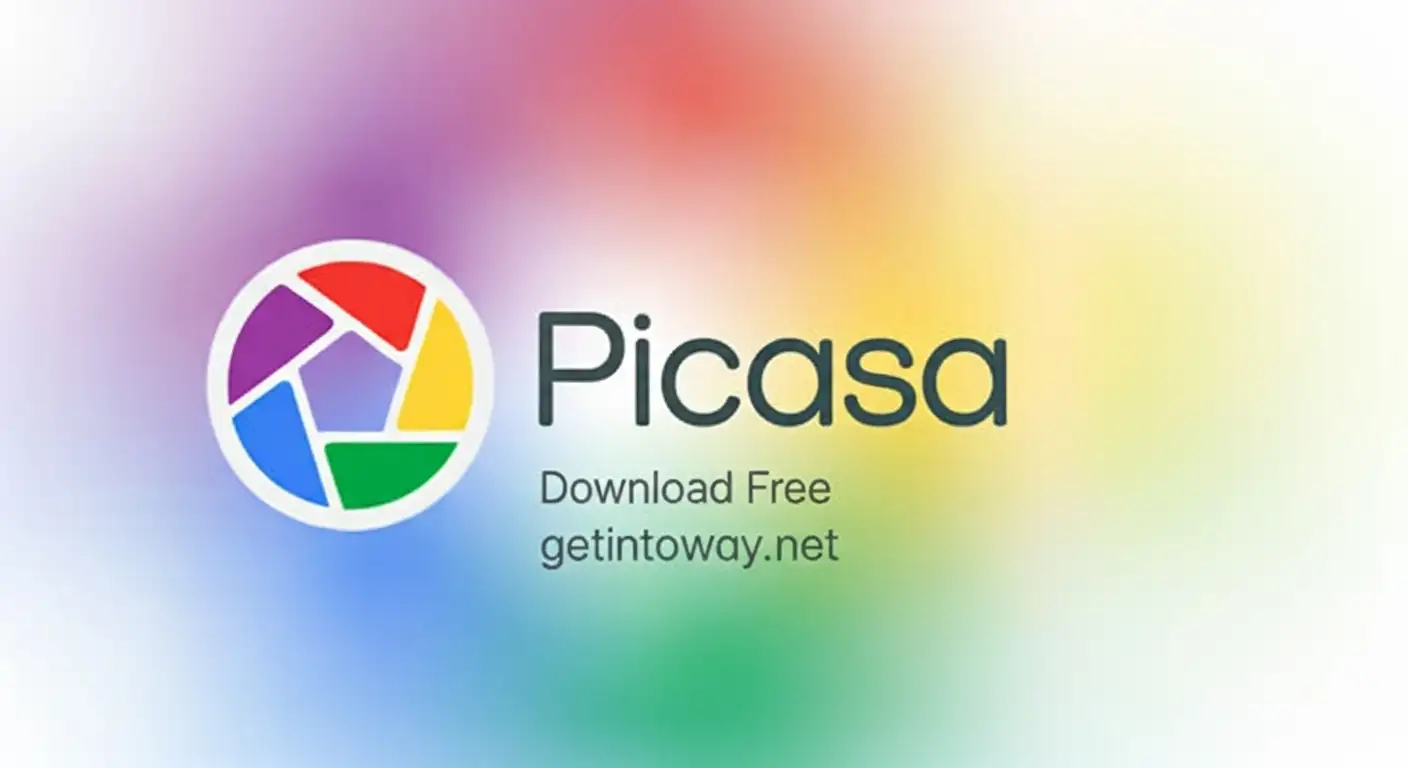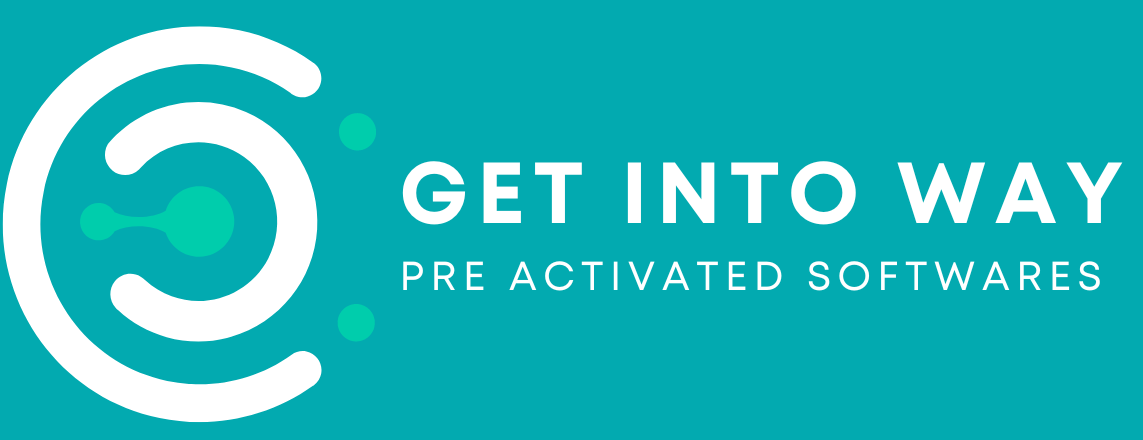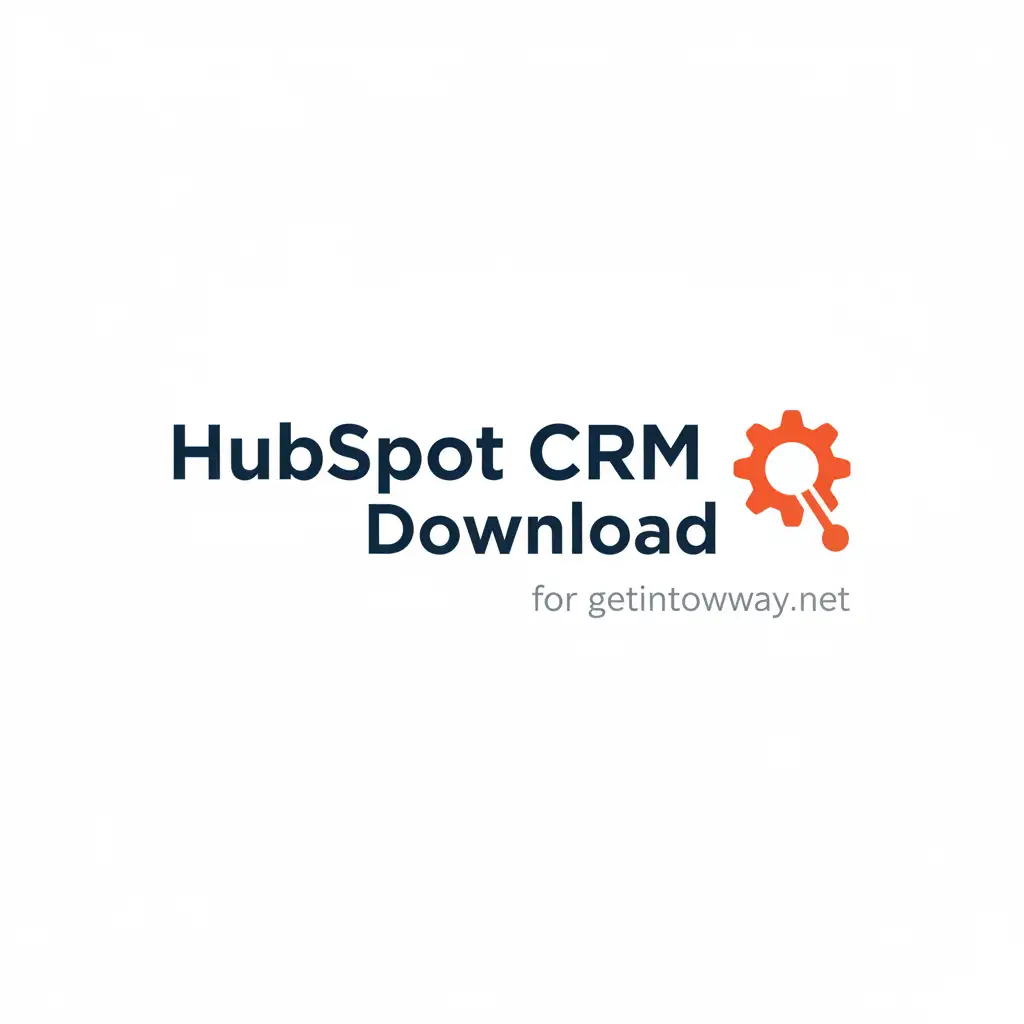
If you’re looking for an easy way to handle photos, sort albums while tweaking images minus complex software, Picasa Download Free remains a go-to pick. Sure, Google shut it down years ago; yet loads of folks stick with it thanks to its no-fuss layout, quick response times along with familiar editing options. Windows 64-bit users especially find it handy a lean, solid tool for daily picture tasks.
What Is Picasa?
Picasa started as a picture organizer made by Lifescape then Google took over. The idea? Let regular folks sort their snapshots fast, tweak images on the fly, or send pics online without tech headaches. Grabbing Picasa Download Free gives you handy features: cut out parts of shots, fix colors, apply effects, zap red eyes, or tag people’s faces.
Still liked now thanks to sleek layout and minimal power needs.
Why People Still Prefer Picasa Download Free
Although new apps are around, plenty of people go for Picasa Download since it runs smooth, feels simple, yet won’t slow your PC. A bunch of shooters keep using it when they need fast edits or putting together photo sets.
Key reasons include:
- Fast and lightweight – Works smoothly even on older PCs.
- Automatic folder scanning – Finds and organizes photos instantly.
- Easy editing tools – Simple adjustments without complex panels.
- Face recognition – Helps group photos of the same person.
- Easy album creation – Create collections without long processes.
Features of Picasa Download Free
Below is a complete look at what you get when using Picasa Download Free on Windows 64-bit.
1. Photo Organization
Picasa scans your PC and imports all images into one clean interface. You can sort photos by folder, album or date.
2. Basic Editing Tools
You can crop, adjust lighting, sharpen images, remove red-eye and apply filters.
3. Collage and Slideshow
Create quick slideshows or collages without extra software.
4. Face Recognition
One of Picasa’s best features. It groups similar faces for easy sorting.
5. Tagging and Geo-Tagging
Add custom tags or location details. This is often mentioned when people search for la picasa lagoon, a real geographical location that sometimes appears in photo metadata searches.
6. Backup and Sync
You can back up your photos to external drives or online (older Picasa Web Albums feature).
7. Easy Sharing
Export and share photos quickly with simple menus.
System Requirements
To run Picasa Download Free, you only need:
- OS: Windows 11, 10, 8.1, 8, 7 (64-bit)
- Processor: 1 GHz or faster
- RAM: 512 MB minimum
- Storage: 100 MB for installation
- Internet (optional): Only needed for sharing features
How to Install Picasa Download Free
Follow these steps:
- Download the latest version of Picasa from Getintoway.net.
- If you already have an older version, uninstall it using Advanced Uninstaller Pro.
- Turn off your antivirus temporarily.
- Extract the downloaded RAR file with WinRAR.
- Open the setup file and install it.
- Close the program after installation.
- Use the included Keygen to activate the software.
- Restart and enjoy Picasa’s features.
You can now enjoy the full features of Picasa Download Free.
Picasa Download Free: Quick Editing Tools
The editing tools are simple but reliable, perfect for everyday use.
Picasa Download Free: Good for Beginners
If you want a basic editor without complex menus, this is ideal.
Understanding the Keyword “la picasa lagoon”
Some folks confuse “Picasa” with La Piscina lagoon, a real spot in Argentina famous for floods and outdoor photos. Because the names sound alike, people end up looking for pics, places, or map tags tied to the wetland instead.
Picasa’s ability to tag locations saves where photos were taken, so this term sometimes shows up in picture collections
How Picasa Compares to Modern Photo Tools
Even though modern apps exist, Picasa still has advantages:
- No subscription fees
- Offline functionality
- Very fast
- No complicated settings
- Easy for beginners
FAQs About Picasa Download Free
1. Does Picasa still work in Windows 64-bit?
Yes, Picasa Download Free works perfectly on Windows 64-bit systems.
2. Can I still edit photos in Picasa?
Yes, all editing tools still function even though Google stopped updates.
3. Does Picasa support RAW files?
It supports older RAW formats, but newer models may not be recognized.
4. Can I remove duplicate photos?
Picasa includes a duplicate photo finder to help clean your library.
5. What happened to Picasa Web Albums?
Google shut it down, but local features still work.
7. Why do people search for la picasa lagoon in Picasa?
Because Picasa included geo-tagging, some photos or location data mention la picasa lagoon.
9. Does Picasa work offline?
Yes. All photo tools work without internet.
10. Is there cloud backup?
The old Google Web Albums is gone, but you can back up photos manually.
Conclusion
Picasa Download Free is still a solid pick for Windows 64-bit folks who want no-fuss photo editing. It keeps your pictures sorted without hassle, gives handy tweaks, yet works fine even on slower machines. A lot stick with it since it’s quick to use and doesn’t bloat your system. No matter if you’re tagging vacation shots, fixing up portraits, or checking out spots like la picasa lagoon ,it just gets the job done.
If you’re after something steady, straightforward plus timeless for managing pics, grabbing Picasa free remains a solid pick even now.







